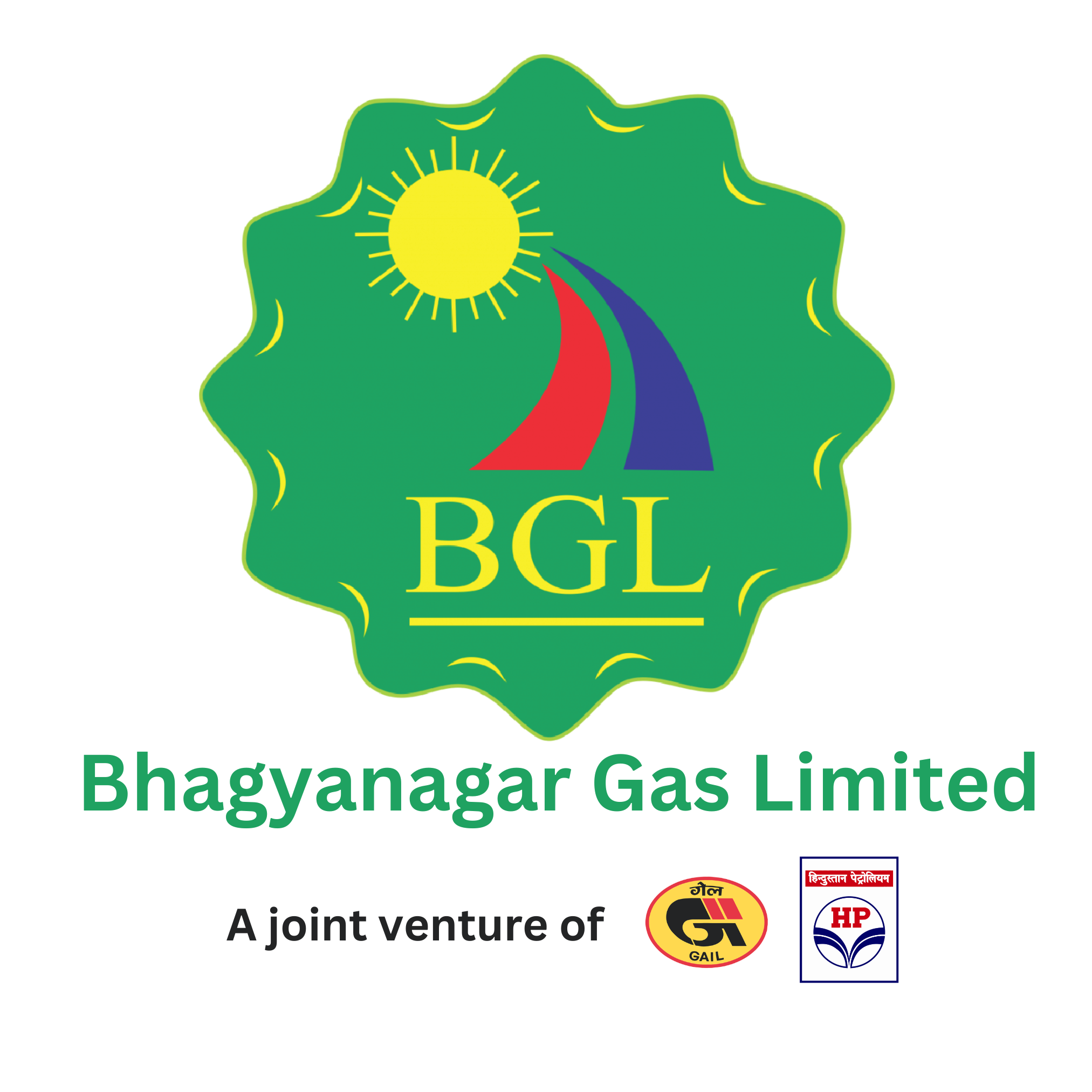
Q. What is CNG?
Ans. CNG stands for compressed natural gas. It is gaseous fuel and is a mixture of hydrocarbons mainly Methane. For use in Automobiles as fuel, it is compressed to a pressure of 200-250 Kg/cm² to enhance the vehicle on-board storage capacity.
Q. Is CNG safe?
Ans. Yes, it is safe. The properties of CNG make it a safe fuel. It is lighter than air, so in case of a leak it just rises up and disperses into the atmosphere. Besides, a high auto-ignition temperature of 540 degrees centigrade as against petrol’s 360 degrees centigrade, makes it a safe fuel. Also, in case of a leak, if CNG’s concentration in the air is less than 5% and more than 15%, the gas will not burn even in the presence of a spark.
Q. Are factory fitted CNG vehicles available?
Ans. Yes. All major commercial vehicle manufacturers like TATA, Mahindra, Maruthi Suzuki, Eicher, SML etc. have CNG variants of their popular models. Also, many passenger car manufacturers like Maruti, TATA, Hyundai etc. have factory-fitted car models available.
Q. What is involved in converting a vehicle to a CNG-friendly one?
Ans. All spark-ignited engines can be converted to CNG, but a specially designed conversion kit is required for the purpose. The kit consists of a cylinder to be fixed in the boot of the car and other equipment to allow gas flow into the engine.
Q. Can a car, fitted with CNG conversion kit, run on Petrol after its CNG gets over?
Ans. Yes, after conversion to CNG the vehicle can run on petrol whenever desired simply by flicking a switch on the dashboard.
Q. What is the difference in the tank sizes of CNG and LPG as vehicle fuel is concerned?
Ans. CNG storage tank is 3 times of LPG storage tank for the same volume.
Q. How long it will take to fill a CNG vehicle?
Ans. For 3/4 wheelers it will take 2 to 3 minutes and for buses with capacity of 50 kg will take 10 to 15 minutes based on capacity.
Q. What are the dimensions and weight of a CNG cylinder?
Ans. CNG cylinders are manufactured from a special steel alloy and are seamless in construction. Their compact size allows them to easily fit even in a small car. An empty CNG cylinder with a 50 litre-water-carrying capacity weighs 48 kg, with a length of 835 mm and a diameter of 316 mm. The 50 litre capacity cylinder is the one most regularly used; cylinders with 45 litre, 55 litre, 60 litre and 65 litre capacity are used as well.
Q. What is the capacity of a cylinder, and mileage from one fill? How does one get to know the quantity of CNG left in the cylinder?
Ans. Under city road conditions and may vary from vehicle to vehicle and driving habits.
Q. What is the pressure of CNG in a cylinder? Is refueling of a cylinder safe, given the pressure?
Ans. CNG cylinders are designed and built in such a way so as to withstand high pressure. The maximum pressure in a CNG cylinder is up to 200 kg/cm2 (g) (about 2840 pounds per square inch (gauge) or psi[g]). CNG cylinders are safe as they are manufactured as per specific requirements and tested before use, in accordance with international specifications and standards and they are duly approved by Chief Controller of Explosives. Moreover, these have been provided with a ‘safety burst disc’ such that in case of inadvertent high-pressure/high temperature at the time of filling or at any other time, this disc is ruptured and pressure released.
Q. How much will be the saving after conversion to CNG?
Ans. The fuel bill on the basis of average running of vehicle is reduced by 30-40 percent approximately after conversion of CNG at the present price of CNG in Hyderabad/Vijayawada/Kakinada.
Q. Does CNG kit require servicing?
Ans. CNG kit is safe and simple. It gives years of trouble free operation. It doesn’t require frequent servicing. Just as for all other fuels, it is advised to have routine services. An authorized person should be consulted for service. As per Gas Cylinder Rules, 1981, the cylinder should undergo hydro-stretch testing every 3 years to check pressure tolerance.
Q. Does CNG have any harmful effect on the engine?
Ans. Owing to CNG’s distinct features, it does not contaminate or dilute crankcase oil, giving a new lease of life to the engine. The absence of any lead content in CNG helps avoid lead fouling of plugs, thereby enhancing plug life. One of the important benefits of CNG is that upon entering the engine in the form of a gas (and not as a spray or mist like other fuels), it doesn’t disturb the presence of lubricating oil in the engine, and reduces chances of wear and tear.
Q. Can a diesel vehicle be converted to CNG?
Ans. Yes, a diesel vehicle can be converted to run on CNG, but the conversion cost is higher than the conversion of petrol vehicles and under the current technology it cannot run on dual fuel mode.
Q. Why are exhaust fumes so small in CNG-run vehicles?
Ans. CNG is an environment friendly fuel. The natural gas is mainly composed of methane and its exhaust emissions consist of water vapors and a small fraction of carbon monoxide. The absence of carbon and other particulates result in negligible amount of harmful elements in exhaust fumes.
Q. How does large-scale CNG usage benefit the country?
Ans. CNG emits less carbon dioxide and other pollutants as compared to liquid fuels. Thus, CNG contributes in lowering air pollution, also helps in improving the Balance of Payments by acting as a substitute for imported liquid fuels, provides more business and job opportunities with the opening up of a new sector, and being competitively priced, it appeases motorists.
Q. Where is the tank placed in car?
Ans. The CNG cylinder is fixed in the luggage space of your car. It is fastened with a metal strap so that it does not move while the car is running. As per BIS code, it has to be a permanently fitted tank and should be integral part of vehicle (as per BIS 14899 for fuel tank container and as per LPG/CNG Control order).
